William Vadnais, my paternal great-grandfather, is by far one of the bigger enigmas I have encountered in our family genealogy. I think he could be classified as a skeleton in the family closet. I am currently doing research in regard to the story that many of us grew up hearing from our older relatives. It seems to me it was told with quite a few paragraphs of William’s life missing. Before getting to the nitty gritty of the story I think it is important to fill in what background is known about William.
William Vadnais was born on September 25, 1863 to Francois Vadnais (Vadenais) and Tharsile Mary Hus-Lemoine. Both Francois and Tharsile had emigrated from Canada to Minnesota. William was a first generation American. Although by the time William is born, census records show the family living in Centerville, Anoka County, Minnesota I am unsure if he was born in Centerville or in Little Canada where he was baptized.

This is the earliest record I’ve found with a birth date: September 25, 1863, which is not October 5, 1863.
William was baptized on October 25, 1863 by Father Joseph Goiffon, at St. John’s Catholic Church in Little Canada, Ramsey County, Minnesota. His godparents are shown as William Houle and Julia Vadnais.1 Julia Vadnais is William’s first cousin once removed and William Houle, as far as I can tell, is tied to the family through the Peltiers and Gingrases (Julia’s mother was a Gingras).
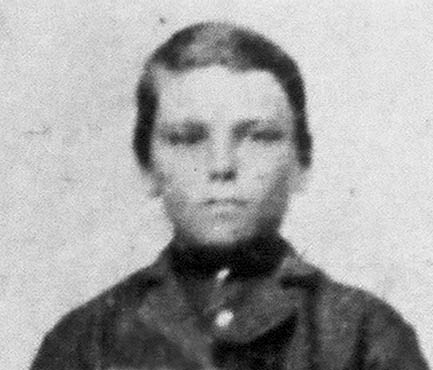
On Monday, November 7, 1881 William, age 18, and Eugenia “Jennie” Baillargeon, age 15, were united in marriage by the Reverand Joseph Goiffon at Centerville, Anoka County, Minnesota.2 The legal witnesses were Paul Peltier and Olivier Peltier. Below is their wedding picture and a copy of the official marriage license and certificate for them.
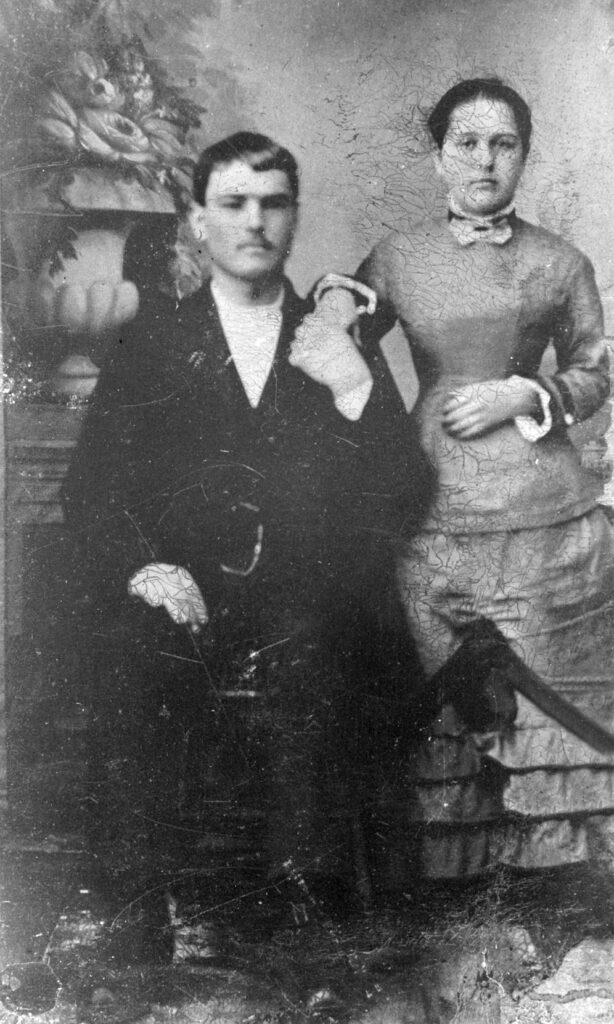
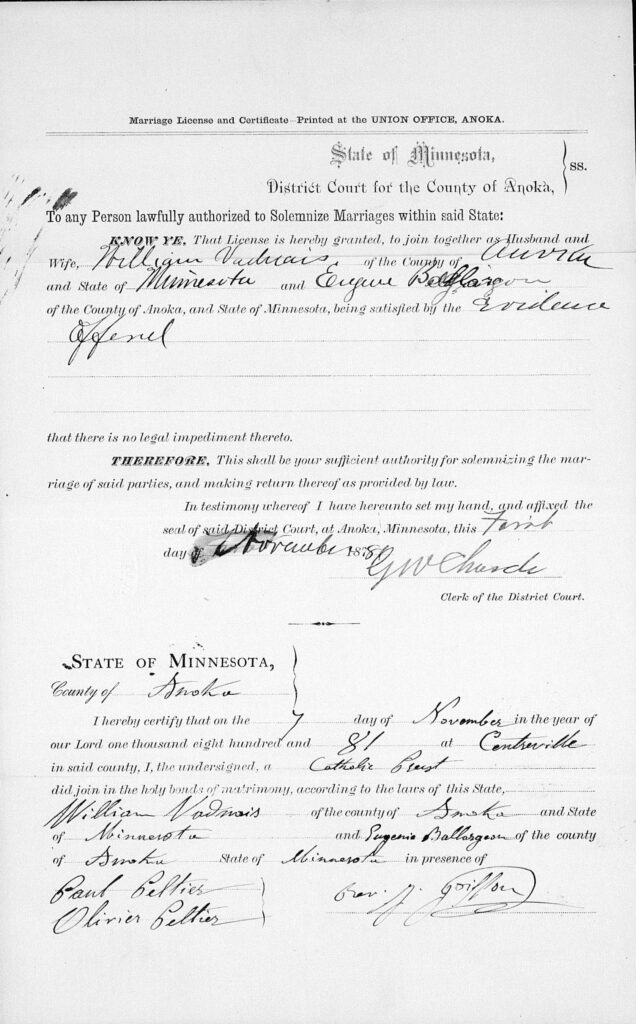
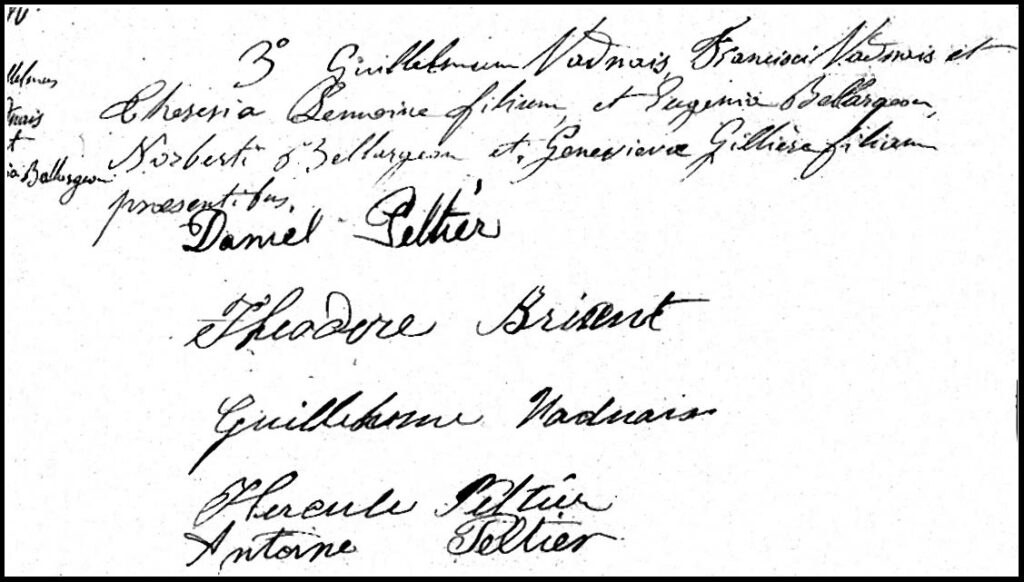
For those of us that met Jennie, “Little Grandma” (the name used by most of the relatives, even though to me she was my great-grandmother), we knew she was a very small person, just 4 foot 10 inches tall. For those that never met her, the wedding photo of William and Jennie really speaks to her height. She is standing and he is sitting and she is barely taller than William.
Between 1883 and 1892 William and Jennie had seven children: Joseph Albert, William Francis, Edmund Leon, Harvey Thomas, Adlore Joseph, Amis Henry [also known as Henry Amis or Amos Henry] and Alma Mary Victoria. Their youngest son, Amos Henry died February 2, 1900.3 All the other children lived well into the 1900s.
Sometime shortly after Joseph Albert’s birth the family moved from Centerville to the village of White Bear where the remaining six children were born. The home was located on the northeast corner of Third Street and Murray Avenue (lot 5, block 6 Murray’s addition to White Bear). The transfer of property from George Paro was listed in The St. Paul Daily Globe4 and was also recorded in the Ramsey County Grantor’s reception book on September 6, 1883.5 The newspaper transfer shows that William’s mother, Tharsile Vadnais, paid $225.
In 1893 William is listed in the St. Paul City Directory as a fireman working for the St. Paul and Duluth Railroad, also known as the “Skally Line.”6 As a side note, the St. Paul and Duluth Railroad existed under this name from 1877 until 1900 when it was purchased by the Northern Pacific Railroad. I am unsure how long William had been working for them, or how long he continued working for them. I do know that by the 1900 U.S. census, which was taken on June 7, 1900, William is listed as a day laborer and that he has been unemployed for five months of that year.7
Something went wrong in the marriage before the turn of the century. On January 21, 1899, Jennie filed charges against William for abandonment. Below is a facsimile of the original court document8 and a corresponding transcription.
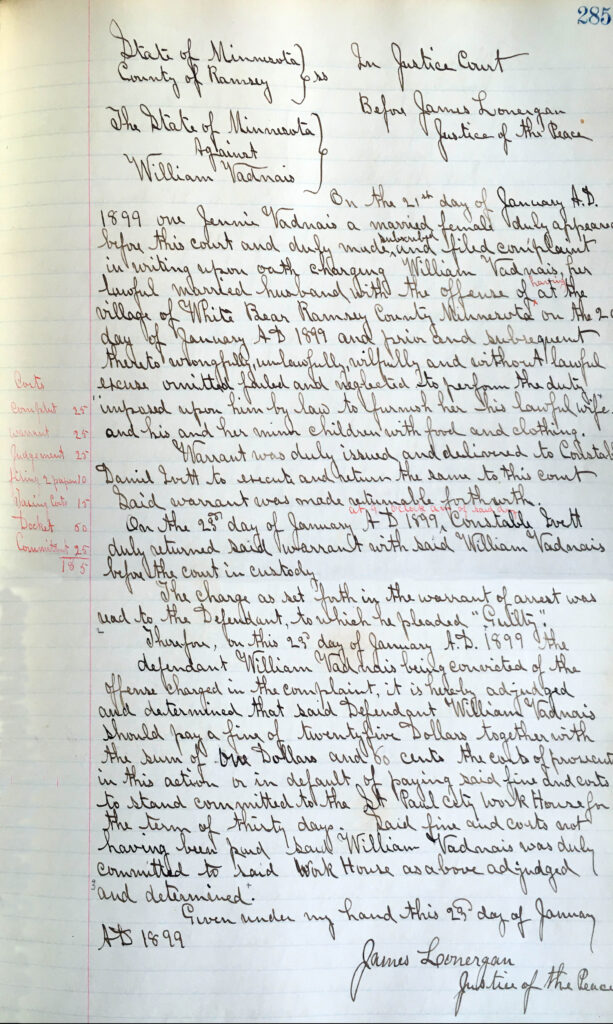
Transcription of court proceeding:
State of Minnesota James Lonergan
County of Ramsey Justice of the Peace
The State of Minnesota
against
William Vadnais
On the 21st day of January 1899 one Jennie Vadnais a married female duly appeared before this court and duly made subscribed and filed complaint in writing upon oath charging William Vadnais her lawful married husband with the offense of having at the village of White Bear Ramsey County Minnesota on the 20th day of January A.D. 1899 and prior and subsequent thereto wrongfully, unlawfully, willfully and without lawful excuse omitted failed and neglected to perform the duty imposed upon him by law to furnish her his lawful wife and his and her minor children with food and clothing.
Warrant was duly issued and delivered to Constable Daniel Ivett to execute and return the same to this court. Said warrant was made returnable forthwith. On the 23rd day of January A.D. 1899, Constable Ivett duly returned said warrant with said William Vadnais for the court in custody.
The charge as set forth in the warrant of arrest was read to the Defendant, to which he pleaded “Guilty”.
Therefore on the 23rd day of January A.D. 1899 the defendant William Vadnais being convicted of the offense charged in the complaint, it is hereby adjudged and determined that said Defendant William Vadnais should pay a fine of twenty five Dollars together with the sum of one Dollars and 60 cents the cost of prosecution in this action or in default of paying said fine and costs to stand committed to the St. Paul City Work House for the term of thirty days. Said fine and court costs not having been paid said William Vadnais was duly committed to said Work House as above adjudged and determined.
Given under my hand this 23rd day of January A.D. 1899
James Lonergan
Justice of the Peace
End of transcription.
William is enumerated in the 1900 U.S. census as head of household and, as I mentioned earlier, he is a day laborer and had been unemployed for five months that year. The census also shows that their home is owned free of debt. However, I found listed in The Saint Paul Globe, in 18969, and again in 189910, that they had fallen delinquent in paying their property taxes. These must have been tough times for the young couple.
By the 1905 Minnesota census William is no longer enumerated with his family’s household.11 However, Jennie is still listed as married. Jennie is shown as widowed in the 1920 U.S. census records,12 but William is still living. I think that by 1920 Jennie had probably given up hope that he would ever return.
The Michigan evening paper, the Ironwood Daily Globe, reported: “Tula Man Succumbs to Tumor on Brain Today.” The article stated: “William Perry 48, who was brought here about a week ago from Tula with a brain tumor, died this morning at 6 o’clock at the Union hospital. Mr. Perry was employed in the lumber camps at Tula. He was a married man but nothing is known of his wife and family. It is possible that he will be buried Saturday afternoon from the Patrick undertaking parlors.” 13
Tula was a lumber camp fifteen miles to the northeast of Wakefield, Michigan along the rail line. It is now a ghost town. On a visit in 2008, the only thing I found of it was a small “Tula” sign alongside the rail line.
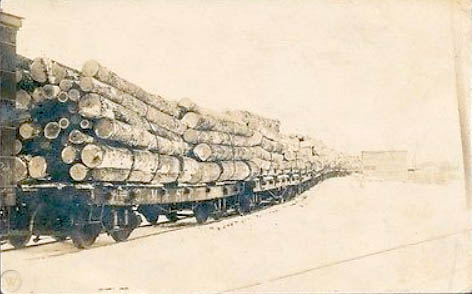
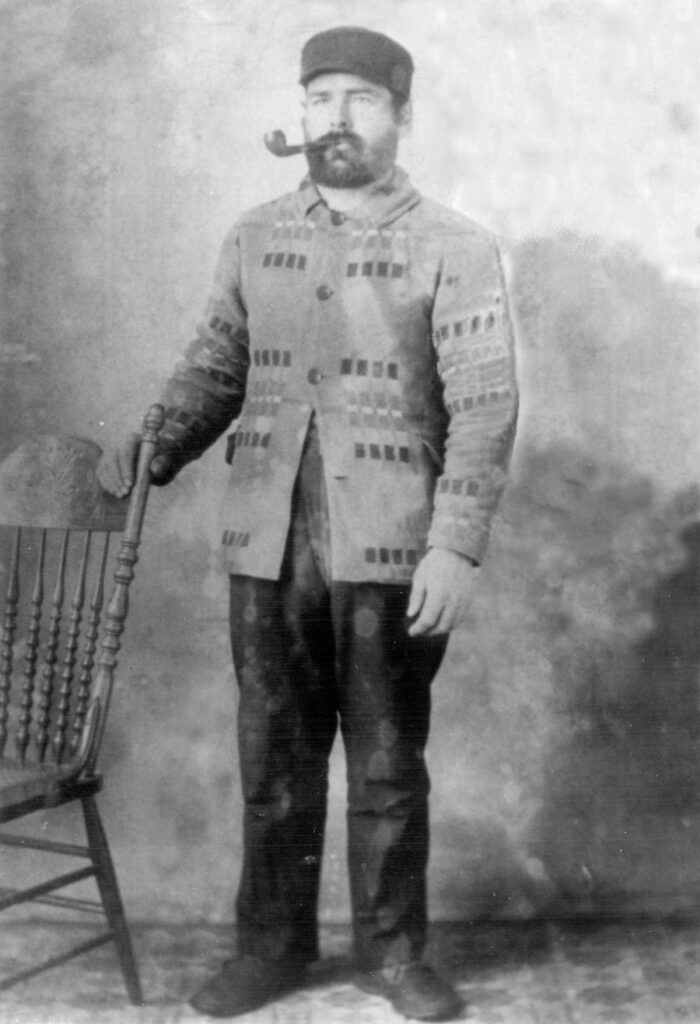
William was buried at Riverside Cemetery in Ironwood, Gogebic County, Michigan. He was buried in an unmarked pauper’s grave, section 33, grave #3. The funeral cost of $40 was paid for by Gogebic County.14 In 2008, according to the wishes of my father, John Russell Vadnais, along with contributions from a number of cousins, I had a grave marker placed on William’s grave.15
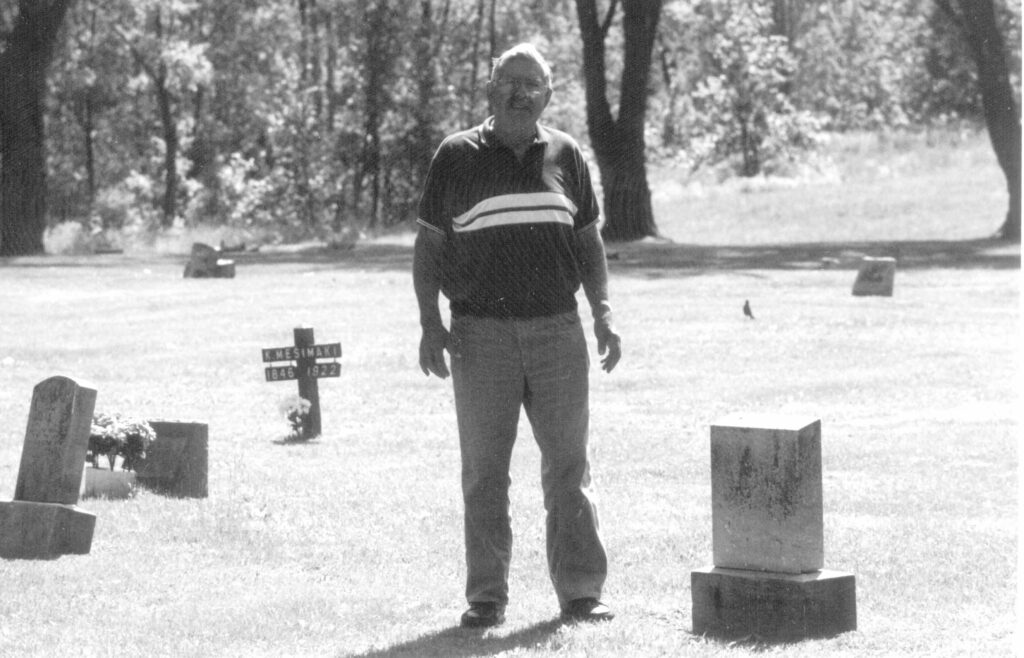
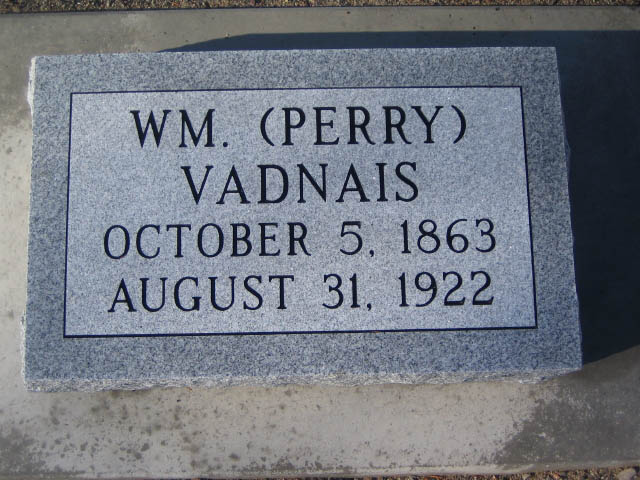
William’s Michigan death certificate16 shows his given name as William Perry. It was not until after William’s death that his son Adlore Joseph Vadnais found where William had disappeared to and what had subsequently happened to him.
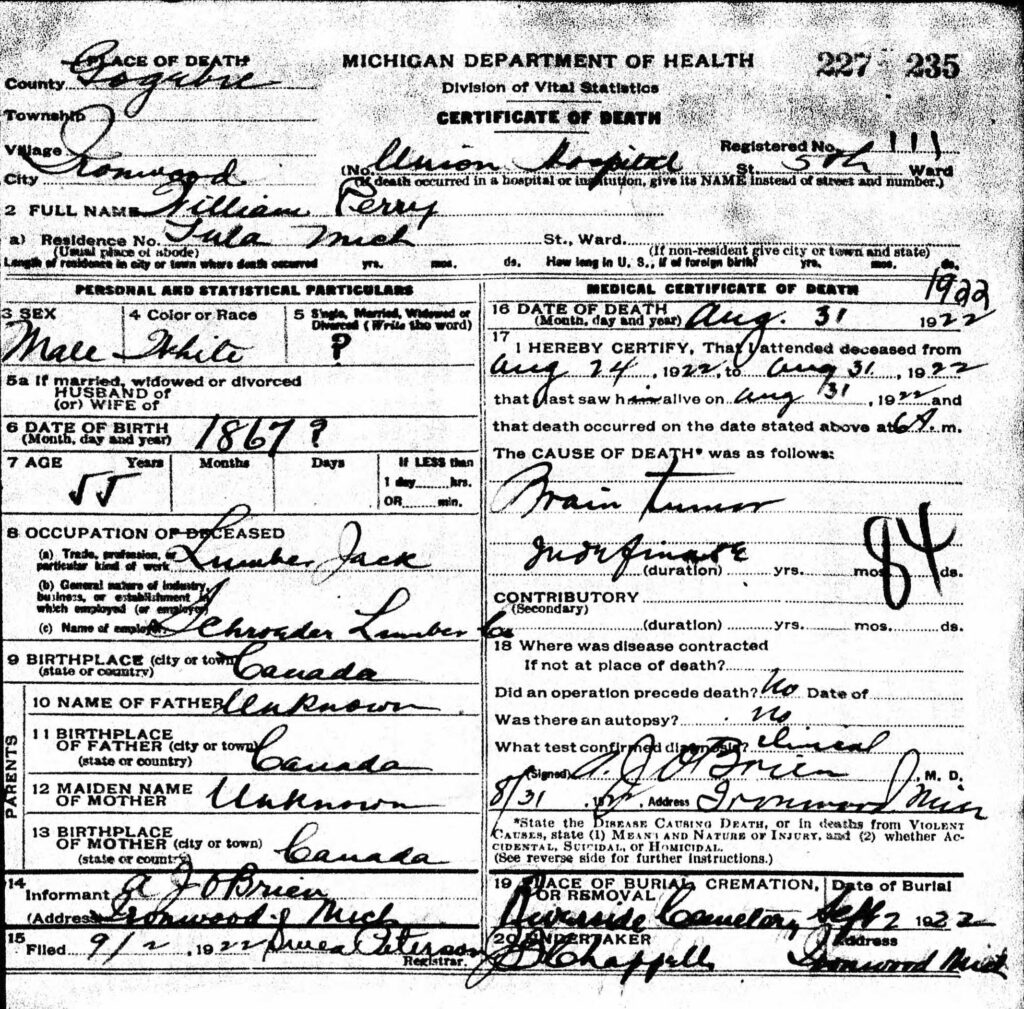
The death certificate also has that William was a lumberjack for the Schroeder Lumber Company. More importantly, notice how little they actually knew about him: when he was born, who his parents were, what his marital status was,… It is sad that he died without his family.
The unanswered question: WHY DID HE LEAVE HIS FAMILY AND NEVER RETURN? I’ve been researching this part of the family story and will tell you more about what I’ve learned in part 2 of William Vadnais (Perry).
Thanks for visiting, come back soon,
Cynthia
© 2021 Copyright by Cynthia Vadnais, All Rights Reserved

Cynthia,
We can’t thank you enough for all your efforts! This is amazing and I love that it’s sent to us in small sections or snippets where we can really take it all in little by little. Anxious for part 2 of William. Love you, Karen
Great read….can’t wait for part 2! Thanks, Cynthia for this wonderful blog. oxxo
This is so crazy!! i live in Ironwood now. a few years back, my mom and I wandered across his gravestone and were wondering about it. I’m glad I get to know now!!
I didn’t know that someone in the family was living in Ironwood. I’m surprised that you just happened upon his grave. When we first found out that he was buried there, there was no marker. My Dad, Jack Vadnais was so upset that his grandfather didn’t have a marker; the following year I was there again and ordered one for him. It is nice that other family members are seeing/visiting it.